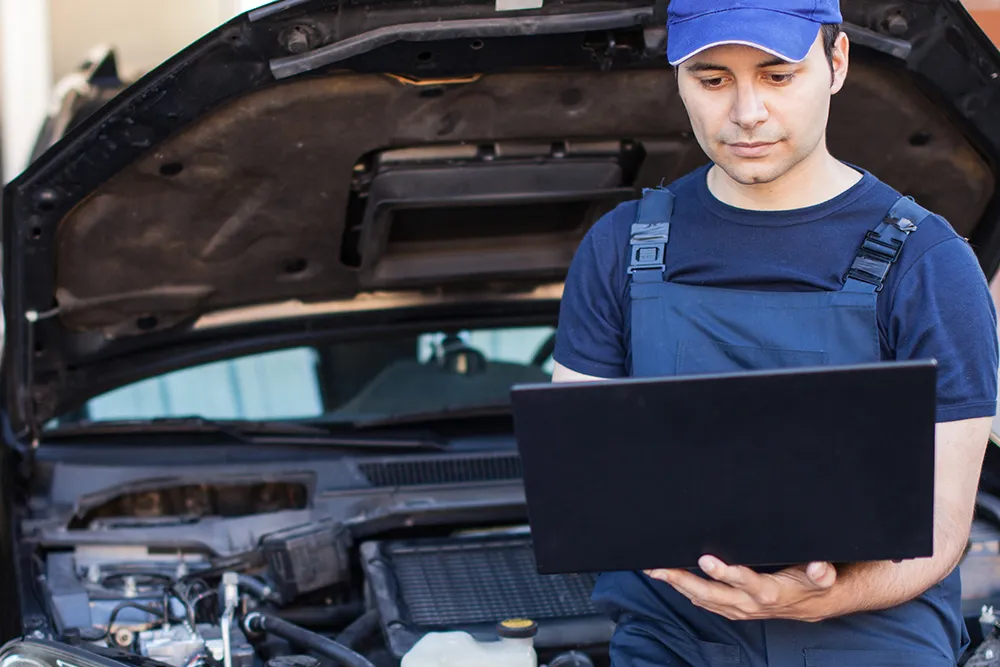When your car is experiencing a problem, diagnosing the issue is the first step in getting it fixed. Everything from low tire pressure to engine knocking can be analyzed, and auto repair shops have various diagnostic tools and methods to identify the root of the problem.
The first step in diagnosing a car problem is discussing the symptoms with the customer. The mechanic will ask questions about when and how the issue started, what noises the car makes, and any unusual behavior or movement. Next, the technician will take detailed notes and compare them with what they discover during the physical inspection.
The next step is using a scan tool. A scan tool connects to the car’s computer system and reads error codes from sensors and control modules. These codes provide a starting point for the technician to begin testing components and systems. In many cases, the scan tool can pinpoint issues and alert the technician to what needs to be fixed.
Sometimes, a visual inspection is necessary. The technician will look at the car’s components to see if anything is visibly damaged, loose, or worn. They may also test the vehicle while it’s running to observe any issues firsthand. For example, if the brakes are making a noise, they may go for a test drive and listen to the sound while the brakes are applied.
Another diagnostic method is testing the components directly. This can involve using specialized gauges, meters, or testers to check different systems within the car. For example, the technician may perform a compression test on the engine to check for issues with the engine’s internal components.
Some diagnostic tests require specialized equipment. For example, a smoke machine is often used to test for vacuum leaks in the engine system. The smoke machine pumps smoke into the vacuum tubes; if there’s a leak, smoke will emerge from the affected area. These tests are specific and accurate, giving the technician a clear understanding of what must be repaired.
Diagnostics can be complex, but it’s essential to repairing a car. Mechanics can identify and address issues with the vehicle by discussing the symptoms with the customer, using a scan tool, performing a visual inspection, testing components, and using specialized equipment. So the next time your car is acting up, your auto repair shop has various tools and techniques to diagnose the problem and get you back on the road.

